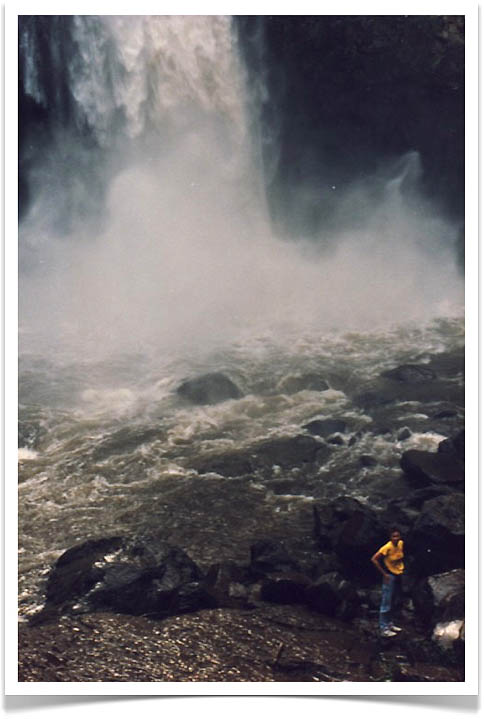Chilies, and Beans, and Oraciónes
 Friday, September 13, 2013 at 9:42AM
Friday, September 13, 2013 at 9:42AM 
One-stop shopping at a market stall in Marquelia, Guerrero. Here you can buy chilies, wild honey, fresh ginger, an assortment of dried beans, and a wide selection of oraciónes, or ritual prayers. Specifically, an "oración" is an attempt to communicate with God or a saint, and, in most cases, it involves asking for something. Several great oraciones are on the rack shown above. There is, for example, the oracion "de la santa muerte", or the angel of death, and, my favorite, the "milagrosa oracion del sueño negro", or the miraculous prayer of the black dream. [NOTE: After carefully reading the package, it seems that what is being prayed for here is a good night's sleep].











